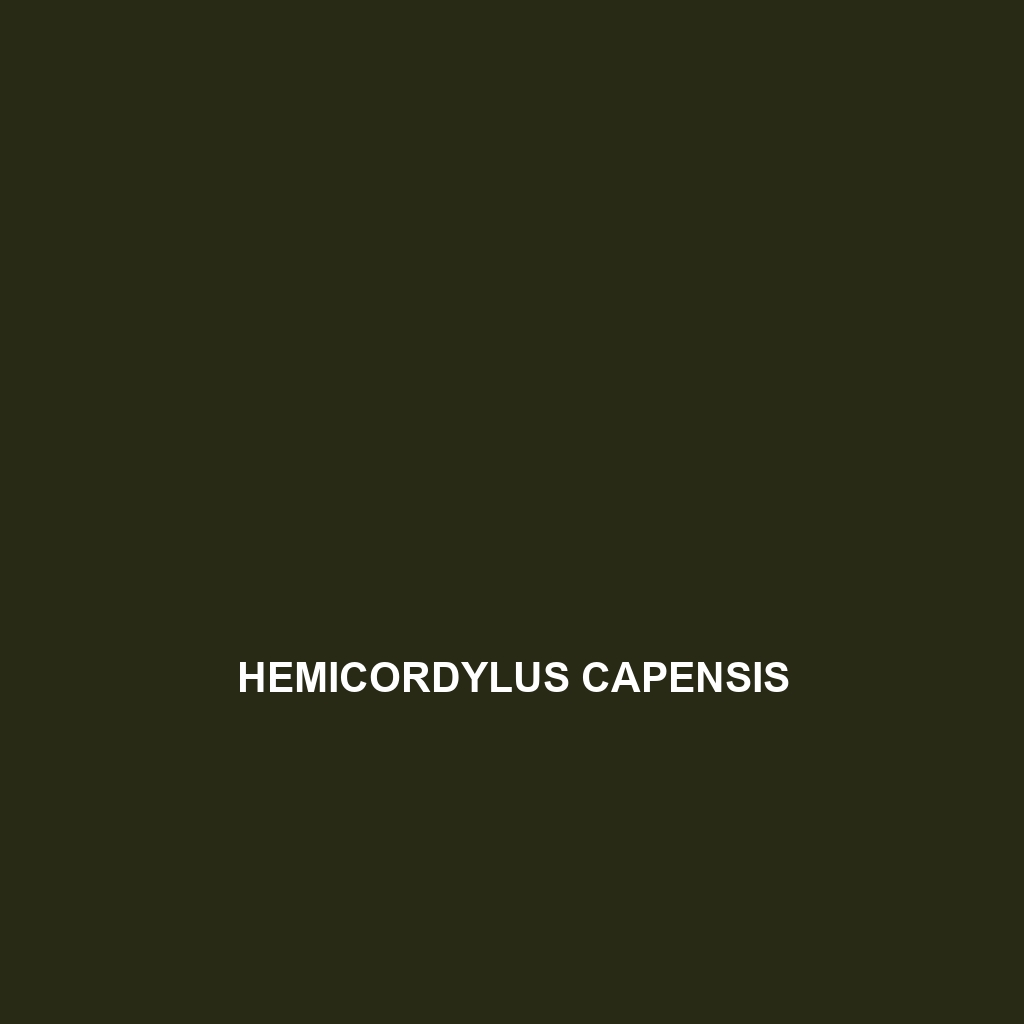<b>Hemicordylus capensis</b>, commonly known as the Cape legless skink, is a legless reptile native to southwestern Africa, characterized by its elongated, smooth body and muted color patterns for effective camouflage. As a diurnal insectivore, this skink plays a vital role in regulating insect populations while thriving in warm, temperate habitats with ample cover.
Tag: legless skink
Dibamus tebal
Dibamus tebal, a slender skink native to the tropical forests of Southeast Asia, characterized by its elongated, legless body and sleek, camouflaging skin. This fossorial species plays a vital role in the ecosystem by controlling insect populations while thriving in moist leaf litter and forest undergrowth.
Dibamus manadotuaensis
Dibamus manadotuaensis, a legless skink native to Southeast Asia’s tropical mountainous regions, known for its serpentine appearance and secretive fossorial behavior. This species plays a vital role in maintaining ecosystem balance by preying on small invertebrates, while also facing conservation challenges due to habitat destruction.
Dibamus kondaoensis
Dibamus kondaoensis, commonly found in the tropical forests of Vietnam's Kon Dao Islands, is a legless skink known for its slender body, smooth scales, and fossorial lifestyle. This vulnerable species plays a crucial role in maintaining ecological balance by controlling insect populations and serves as both predator and prey within its habitat.
Brachymeles burksi
<strong>Brachymeles burksi</strong>, commonly known as the legless skink, is a slender, elongated species native to the tropical rainforests of Mindanao and Leyte in the Philippines. This fascinating skink, reaching lengths of 15-20 cm, is nocturnal, ovoviviparous, and plays a vital role in its ecosystem by controlling insect populations and contributing to soil health.




